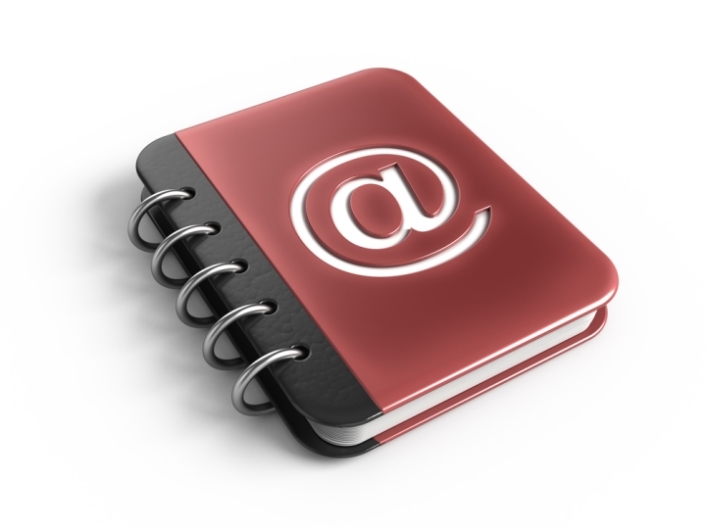
Email marketing glossary to make your email campaigns work for you
Undoubtedly, email has proved to be the most powerful channel of all the marketing tactics. In fact, it is emerging as an independent marketing domain. The potential email marketing offers in reaching out to customers, engaging them and converting these conversations into business has drawn all the attention from the marketers. According to Exacttarget (now Salesforce Marketing Cloud.), marketers who use this tool are averaging a return of $44.25 for every $1 they spend.
While these facts strengthen the claim, we try to put down some of the most used email marketing jargons here. This glossary aims to share the meaning as well as the benefits of each of these elements in the email ecosystem.
Email Template
An email template by its definition is an HTML document, or in other words, it is like a miniature web page. The codes in the template tell the readers’ email program how to render the email. A template comes handy when a series of marketing emails are planned or there is a scheduled email in place like a newsletter. Using a template to create emails assists in delivering emails with less turnaround time, carries branding elements, and maintains consistency in displaying the email to all recipients.
CAN-SPAM
Checking your emails for CAN-SPAM compliance is like abiding to your civic laws. This is a must-follow rule to all the marketers. Essentially CAN-SPAM means, including an option for your contacts to opt-out of your list.
A/B testing
Nothing can beat A/B testing in driving optimum result for your email campaigns. This split could be used to test various factors that influence the performance of an email, like send time, subject line, sender name and design.
Once a sample is tested for variations, the best option could be identified to be sent to your entire database. To achieve the right results, a close monitoring of each factor is recommended.
Spam score
Almost every Email service provider- offer this option to put your email for a SPAM test. An automated test is run to check if the email contains any spam words to avoid the email being rejected by the recipient server or flagged as spam. At the end of the test, email would be scored on a scale of 0 0-10 along with scope for improvement and suggestions for changes.
Mailing lists
This is a Holy Grail for marketers. The database you have built over time comes to its best use when utilized for a campaign. However the mailing list in an email scenario can be different from an entire email database. Depending upon the communication objective, it is best to segment the list based on user preference, target audience etc. Multiple emails can be planned to cater to different mailing lists.
Lake B2B owns one of the largest master B2B files in the industry with valid email addresses for all records. We also offer industry specific B2B mailing lists and Specialty Lists.
Opt-in
Opt-in indicates the willingness of your contacts to receive your communication. As a best practice, an email list should be built with opted in users. There are several ways to drive more users to opt-in for your emails; however it all depends on one ultimate criterion why users subscribe with you, “Relevant Content”.
Opt-out
When your contacts are bombarded with irrelevant and sales promotions, nothing can stop them from opting out of your list. Read back “CAN-SPAM”, though it is mandate to include an option to opt-out, the content plays a key role in holding back the customers from doing so.
Open rate
Open-rate indicates the number your emails that were opened. Essentially this depends on the hygiene of your mailing list and the subject line. Success of an email campaign is also measured by open-rate.
Bounce rate
Simply put, bounce rate refers to the number of emails that did not reach the inbox of the recipient. There are two types of bounce rate, hard bounce and soft bounce. Hard bounce is a more permanent failure than the latter.
Click-through-rate (CTR)
Click-through-rate is the percentage of your contacts who clicked a link in your email. This is often used to measure the cleanliness of the databases.
Lake B2B offers a full-suite email marketing services. Starting from writing emails, designing, segmenting, integrating and automation, Lake B2B is the right place to approach. Contact us at 800-710-5516 or write to [email protected] to get the maximum out of email marketing.





